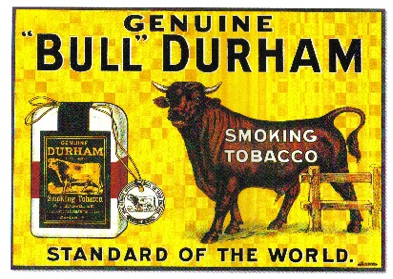Nearly four thousand years ago, hieroglyphic characters were cut into stone obelisks by enterprising Egyptian merchants to be seen by the busy passing public. Several centuries later, ancient Greek bureaucrats cut into wood-encased columns to announce the order of public games. Throughout Pompeii, frescoed walls bearing political propaganda survived the eruption of Mt. Vesuvius in 79 A.D. It is clear that matters of trade, entertainment, sporting events, and politics have been “advertised” in virtually all cultures the world over. Making information available to potential customers about merchandise, to loyal fans about athletic spectacles, and to local citizens about the breaking news on the political scene was as important then as it is today.
By the mid-1400s it was the practice to post bills wherever people gathered, on church doors, outside guild halls and in village squares. With the invention of Guttenberg’s printing press in 1456 the laborious process of hand-lettering each poster was changed by the turn of a crank. Another advance came in the late 1700s with the invention of lithography, which added color and artistic designs to the posters. Across the Atlantic in the American colonies, merchants used pictorial symbols rather than written descriptions to identify their wares as literacy was not widespread. It was not unusual to see a wooden sign carved or painted with the image of a horse hanging outside of a livery stable or a mug of beer over the door of a tavern.
The great outdoors became a wide-open canvas that allowed anyone to post a sign on any available vertical surface. Particularly innovative in the area of outdoor advertising were America’s traveling circuses. The arrival of a circus in town was preceded by a flood of posters blanketing not only fences and barns, but virtually anything that moved: wagons, bicycles, trains, streetcars and later buses and automobiles. The design of the posters, the images, and the colors selected were based on the speed at which a passerby traveled. Thus, earliest postings tended to be richly detailed as the viewer on horseback had time to stop and study the poster. As the speed of travel increased, the images had to become bigger, bolder, brighter and more stylized.
When more space was needed by the advertisers, they turned to the local lumberyard for cheap wooden boards. These boards were made into temporary fencing and were erected in vacant lots or along highways and railway sidings. It wasn’t long before the term “billboard” was used for this freestanding signage.

This 1908 Bull Durham poster appeared in ballparks across America. Many were placed on billboards as large as 25 feet high. All pro ball games were played during daylight hours, often in humid summer weather. Relief pitchers warming up would do so in the shade of the big Bull Durham billboards. This warm-up area eventually became known as the “bullpen.”
This article was taken from a 2007 book entitled Great American Billboards by Fred E. Basten
and was published by Ten Speed Press. It contains a hundred pictures of posters and billboards.
